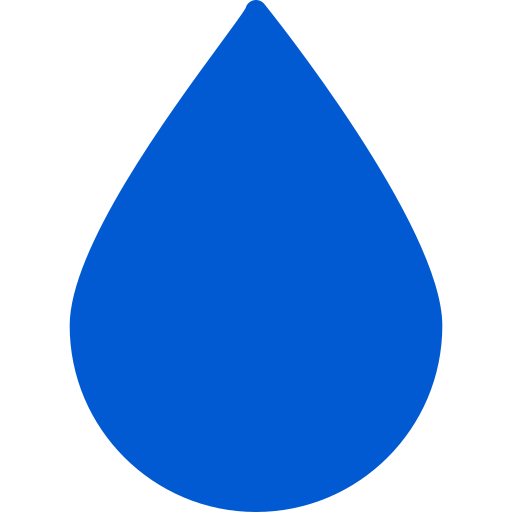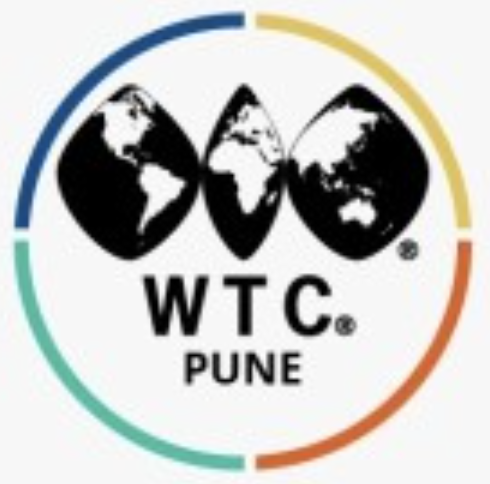Join AQUAFUND in making lakes and ponds cleaner and algae-free. Together with top partners, we’re ensuring safer water for everyone.
At AQUAFUND, our mission is to ensure that everyone has access to clean and safe water by addressing harmful algal blooms and other water quality issues on a global scale. We are committed to raising awareness and providing solutions through the following initiatives.
To achieve this, we raise funds for global water treatment projects that combat issues like algae overgrowth and biofilm accumulation, which lead to cascading problems such as increased mosquito populations.
At AQUAFUND, we are dedicated to ensuring clean and safe water for everyone by addressing harmful algal blooms and other water quality challenges. Our mission is built on three pillars.
Awareness and Education
We strive to educate communities at local, national, and international levels about the dangers of harmful algal blooms. Our efforts target both laypeople and professionals to build a broad base of support for our vision of preserving and restoring lake ecosystems.
Technology Partnerships
We collaborate with leading technology partners to provide comprehensive insights into lake health worldwide. By utilizing advanced analytical and ultrasonic technology, we're able to continuously monitor and improve water quality.
Community and Stakeholder Engagement
We believe in sharing our findings while collaborating actively with local stakeholders. By providing diagnostic reports and actionable treatment advice, we empower local water authorities and governments to secure funding and implement preventive measures against harmful algal blooms.
Water bodies around the world are facing serious threats that compromise their health and sustainability. Among these threats, harmful algal blooms (HABs), biofilm formation, and their cascading effects on ecosystems stand out as critical issues.
Harmful Algal Blooms (HABs)
Harmful algal blooms (HABs) are a significant environmental issue affecting water bodies worldwide. These blooms occur when colonies of algae—simple plants that live in the sea and freshwater—grow out of control while producing toxic or harmful effects on people, fish, shellfish, marine mammals, and birds. The primary causes of HABs include nutrient pollution from agricultural runoff, wastewater discharge, and other human activities that introduce excessive amounts of nitrogen and phosphorus into water bodies. HABs can deplete oxygen in the water, leading to dead zones where aquatic life cannot survive, and produce toxins that can contaminate drinking water sources, posing serious health risks to humans and animals.
Biofilm Formation
Biofilms are thin, slimy layers of microorganisms that adhere to surfaces in aquatic environments. These formations can cover vast areas of water bodies, including the surfaces of lakes, rivers, and streams. Biofilms are composed of various bacteria, algae, and other microorganisms encased in a protective matrix. This protective layer makes biofilms particularly resistant to traditional cleaning and treatment methods. Biofilms can clog water filtration systems, degrade water quality, and promote the growth of pathogenic bacteria, posing health risks to humans and wildlife. Additionally, biofilms can damage infrastructure, such as pipelines and water treatment facilities, leading to increased maintenance costs and operational challenges.
Cascading Effects on Ecosystems
The proliferation of harmful algal blooms and biofilms can have cascading negative effects on entire ecosystems. Surplus algae and biofilm formation can lead to a significant imbalance in aquatic environments. These overgrowths block sunlight from reaching underwater plants, disrupting photosynthesis and leading to the death of beneficial aquatic vegetation. The decomposition of large amounts of algae and biofilm consumes oxygen in the water, creating hypoxic conditions that can cause fish kills and reduce biodiversity. The decline in fish and other aquatic species disrupts the food chain, affecting birds and mammals that rely on these organisms for food. Furthermore, the toxins produced by certain algae can accumulate in the tissues of fish and shellfish, posing health risks to predators, including humans.
AQUAFUND is actively looking for partners and technologies we can feature through our work. We'd love to discuss how you can contribute to our mission. Use the contact form below.
Want to help?
We'd love to talk to see how you can contribute towards our mission.
AQUAFUND - A non profit for the betterment of water quality around the world
In partnership with:
© AquaFund (EIN/ORG: 933548589)
Konnerudgata 96, 3046 Drammen, Norway

